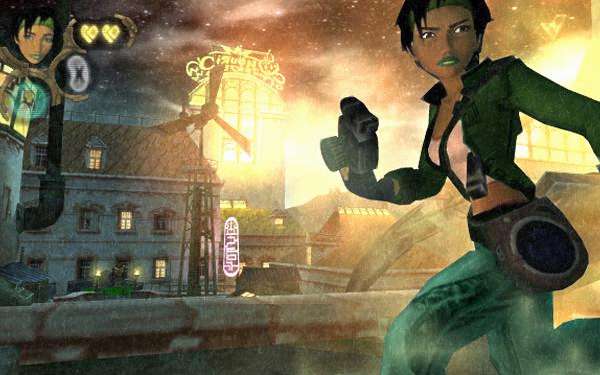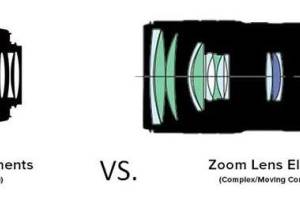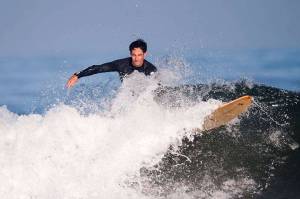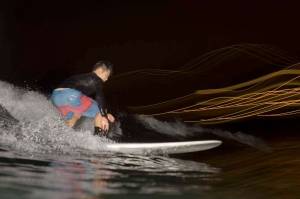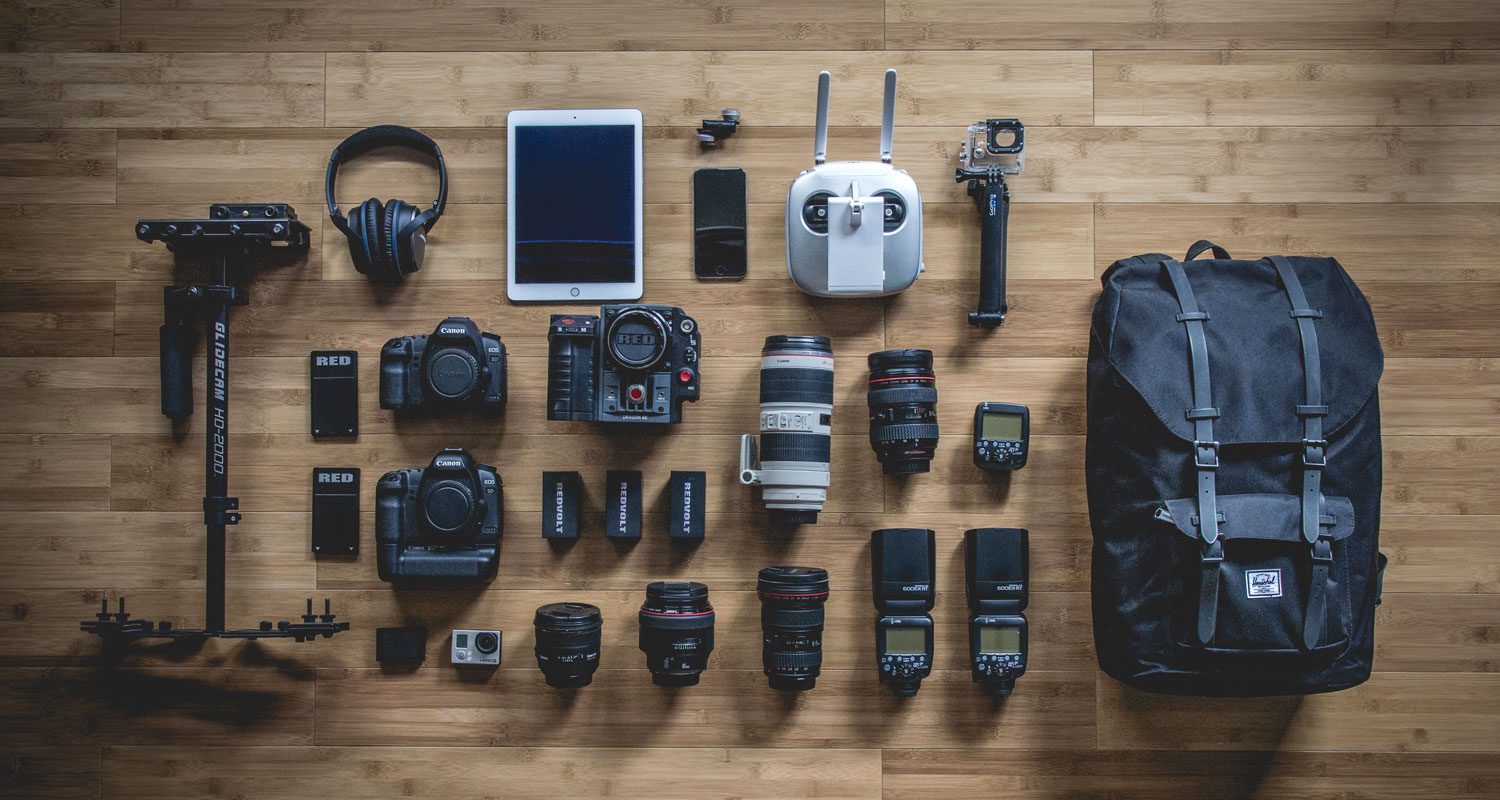A follow up to the
prior discussion regarding photography equipmentt, quotes from
Connie throughout.

|
This weekend I was cursing myself for not having the point and shoot.
|
A point and shoot is, of course,
necessary equipment. Bringing it depends on the shoot but there are some distinct advantages:
- Size. They fit in a pocket or purse and are lightweight. They can get places professional equipment cannot.
- Versatility. They have a full range of exposure settings and focal lengths onboard.
- Discretion. Their prevalence means people will notice them much less than an slr. Be it concert bouncers or wary subjects, sometimes you need to keep a low profile.
- Price. They can be purchased and replaced cheaply. Some equipment, such as underwater housings, are a much better deal for these cameras.
- Video. Sometimes you want to shoot 640x480 video.
Of course drawbacks are obvious:
- Lower quality images. Small ccds, shoddy lenses.
- Less power. You're limited to the stock focal range, flash, etc. whereas slrs let you use fast lenses, tellies, flash controllers, etc.
- Discretion. You can't look like a pro shooting with an Elph. Be it nabbing photo passes or needing subjects who take you seriously, sometimes you need to flaunt the big lens.
- Lack of modularity. Photo equipment, like computers, shouldn't be upgraded in lockstep. Your body might need to be replaced every three years, your flash every five, your lenses never.Capturing the moment is more important than having ultra high quality, and this is what i realized this weekend. The essence of photography is capturing the moment. The ideal capture involves an h3d with twenty lens choices, fifty strobes, and two weeks to perfect the setup. Reality, however, reminds us that we'll never have the luxury and therefore must assess our constraints:
- Media. Are you shooting for a magazine? A photo exhibition? A class? A web site? Based on this you have to determine how many frames you need, who the audience is, how much scrutiny the images will be subjected to. Some of these Yosemite photos I want to enter in the fair, others are for the scrapbook. So some need to be set up very carefully, the others can really just snare the moment.
- Time. When is your deadline? For how long will your subjects be available and willing? Will you ever have the opportunity again? Will each frame be unique or can you take many shots with different setups? I go to Yosemite every year, but check out these awesome clouds. How am I going to compose with my friends hiking all the time?
- Equipment/budget. What equipment do you own? What can you bring? This is going to be a long hike. Better go light. Rain? There's no way I'm changing lenses.
- Skill. Photography is difficult to master. Maybe you dropped a few g's on an umbrella setup, that doesn't mean you can use it. I never learned proper fill flash, so I can leave that back at camp for the night shots.
- Style. You only have to shoot what you think looks good until you go pro and have to shoot what makes money. Oy vey not another photo of a squirrel. Yosemite only looks good through a red filter.
Bobby, who's always on the next level, only does point and shoot nowadays. Last I checked he did hipster photojournalism.

|
1. I could not sacrifice water or other things to carry more weight, hence, only had the 10-22mm wide angle lens and 50m prime. So many cute furry critters that I could not capture with my 10-22mm, nor could I swap out the lens for the 50m since by the time I did that the furry critter was gone. I was cursing myself for not having a larger focal length zoom. Then again, I was cursing myself for not having the point and shoot to capture the cuteness moment.
|
So your constraints are not having the optimal equipment nor the time to use it appropriately. Recognizing these constraints you have to start making concessions on quality. The next step down would be two cameras, two lenses, two bags. Budget constraint? Weight constraint?
Okay, one camera, zoom lens. Or crop the final photo. Weight constraint still? Resort to a point and shoot.

|
2. It didn't matter that I carried an extra lens, with the amount of rain falling, I could not switch out the lens. Rain... was horrible. I was too worried with protecting the camera than taking photos since even the camera bag was getting soaked through. When I did take the camera out for photos, there was no way of preventing the rain from getting onto the lens. I thought that darn, I should have bought a lens hood.
|
Rain makes photography difficult. In this case, a point and shoot would have suffered more for quality because water on the small lens creates much more distortion than on a 50+ mm lens. Of course, you'll care less about your point and shoot getting wet. Equipment such as tarps and housings can solve this, but sometimes you just have to say it's not worth it (or only worth losing a point and shoot).

|
3. When trekking with a group of people, it expends much energy to take a photo - there was fidgeting with the camera, wipe the water droplets off the lens, find a spot with least amount of water, etc. To compose a shot, taking the camera in and out of the camera bag (needed to protect it from the rain), and then run to catch up with the group. I just physically couldn't keep doing that, especially since time was an important factor on the hike. We needed to do the seventeen mile round trip in daylight.
|
That is completely true. I can empathize anecdotally. Shasta was pretty rough and it took all my will power to pull out the n80, frame, meter, shoot, and return it to safety. But I took some of my favorite shots up there, and so it was worth it. Also it was worth it because
Arthur had to wear sandals for the next three months.
You really have to
assess what you can carry and only pack what's reasonable. But don't be fooled,
you'll still have to go beyond your limit. One of the best ways to take unique photos is to carry an slr where few people can.
I'll loan you my copy of
Beyond Good and Evil. You can play it in on the Wii while you nurse your injuries. That'll learn ya. And I think between the strong female lead, photography, and cute animals you'll like it.

|
4. Bulkiness of the pack weight - even with prepping and working out an easy access camera carrying system with a backpack, it still weighed down my shoulders instead of my hips and physically it really hurt on the last six miles of the hike. Physically I just cannot carry so much weight and do a strenuous hike to carry extra camera gear.
|
Select one of the following:
a. You took too much equipment (photo gear or otherwise).
b. You're too girly... or not girly enough, 'Carry my pack for a while, pleeeease.'
Same as 3. It ain't easy. You have to make a guess as to how much equipment will make the trip suck, and how much will make it really suck. Sometimes you'll guess wrong.

|
5. Positioning, it's really hard to compose a shot while one is already balancing on the side of a slicked surface rock, on the edge of a cliff that could potentially be one's certain death, with the weight of a pack that throws your center of gravity off, and a line of hikers patiently waiting for you to finish taking a photo, and with rain constantly falling down on your lens, even as you quickly wipe away the drops to take a quick shot. Zoom at that moment is a great thing.
|
Personally I'd crop, but that's because I'd be worried about the rain getting inside the telescoping parts of my zoom lenses. I have a feeling your big ol' zoom wouldn't serve you well here in spite of it's large focal range. But yes, in planning the trip start with the h3d setup and work your way down to a disposable camera. You may decide to play it safe and use the zoom or point and shoot,
ultimately you'll know what was the best choice.
[This'll be a great place to compare your identical photos taken on various trips, send me some links].

|
The fact was that I was burdened with too many factors of physical fatigue, time factor, weather conditions, etc, that I could not take the photos that I wanted to, and, bottom line, I ended up having a few photos and only in spots where taking a photo was a viable option. All the good parts of the trip are now just left to memory.
|
Too bad memory is so fickle and subjective. So what's important here, quality or quantity? Of course you only do what you can, but
after this experience I think Zion will be much easier. Framing, lighting, and perspective are important photography skills, but so is being able to shoot in difficult situations. You always want to push your limits while keeping yourself and your equipment out of harm's way.

|
It doesn't matter how smart or athletic one is. Nature dominates and reminds one of their humble place; that we are at the mercy of the elements.
|
Connie: photographer, adventurer, aspiring National Geographic narrator
Some posts from this site with similar content.
(and some select mainstream web). I haven't personally looked at them or checked them for quality, decency, or sanity. None of these links are promoted, sponsored, or affiliated with this site. For more information, see
.






